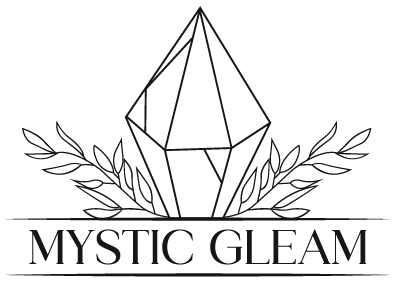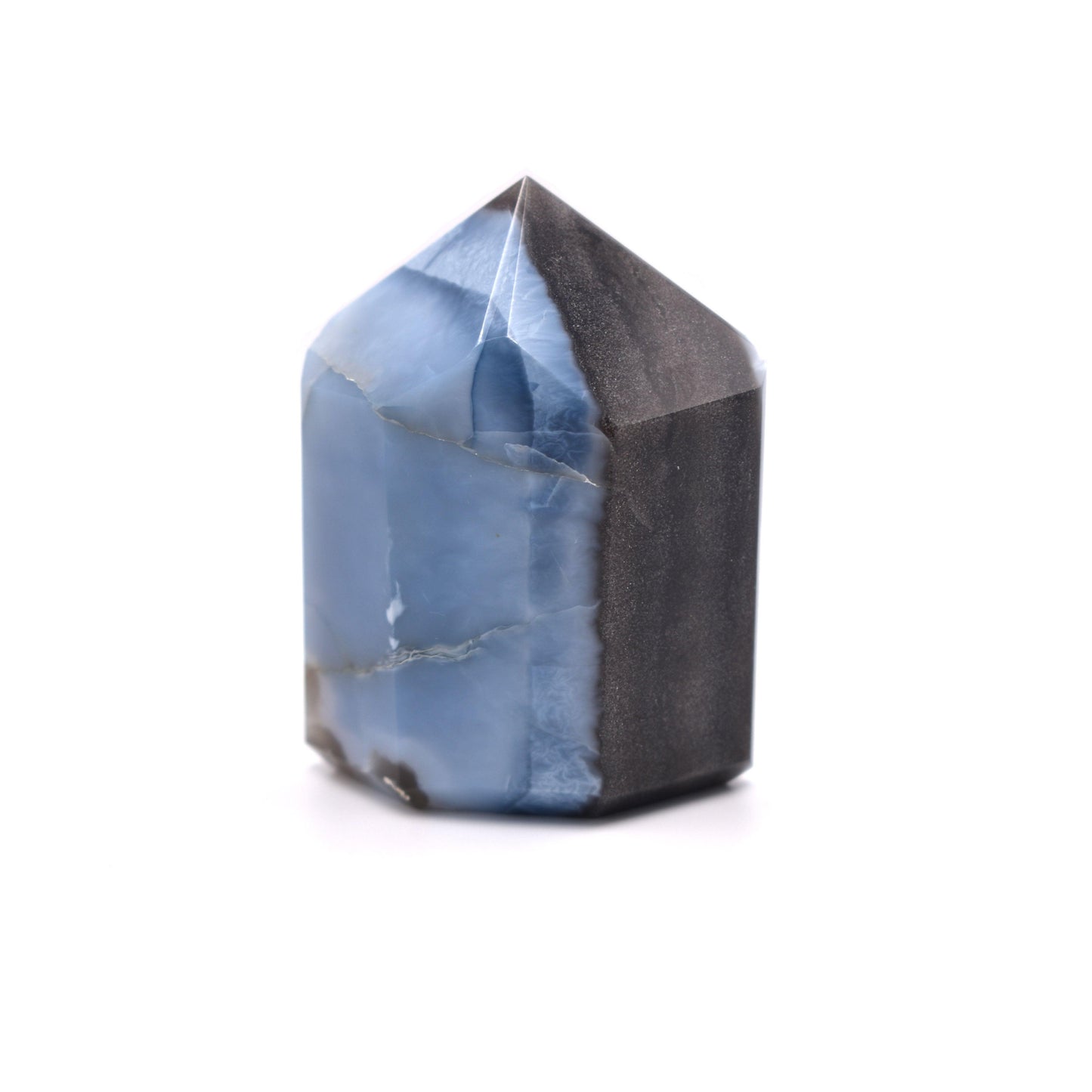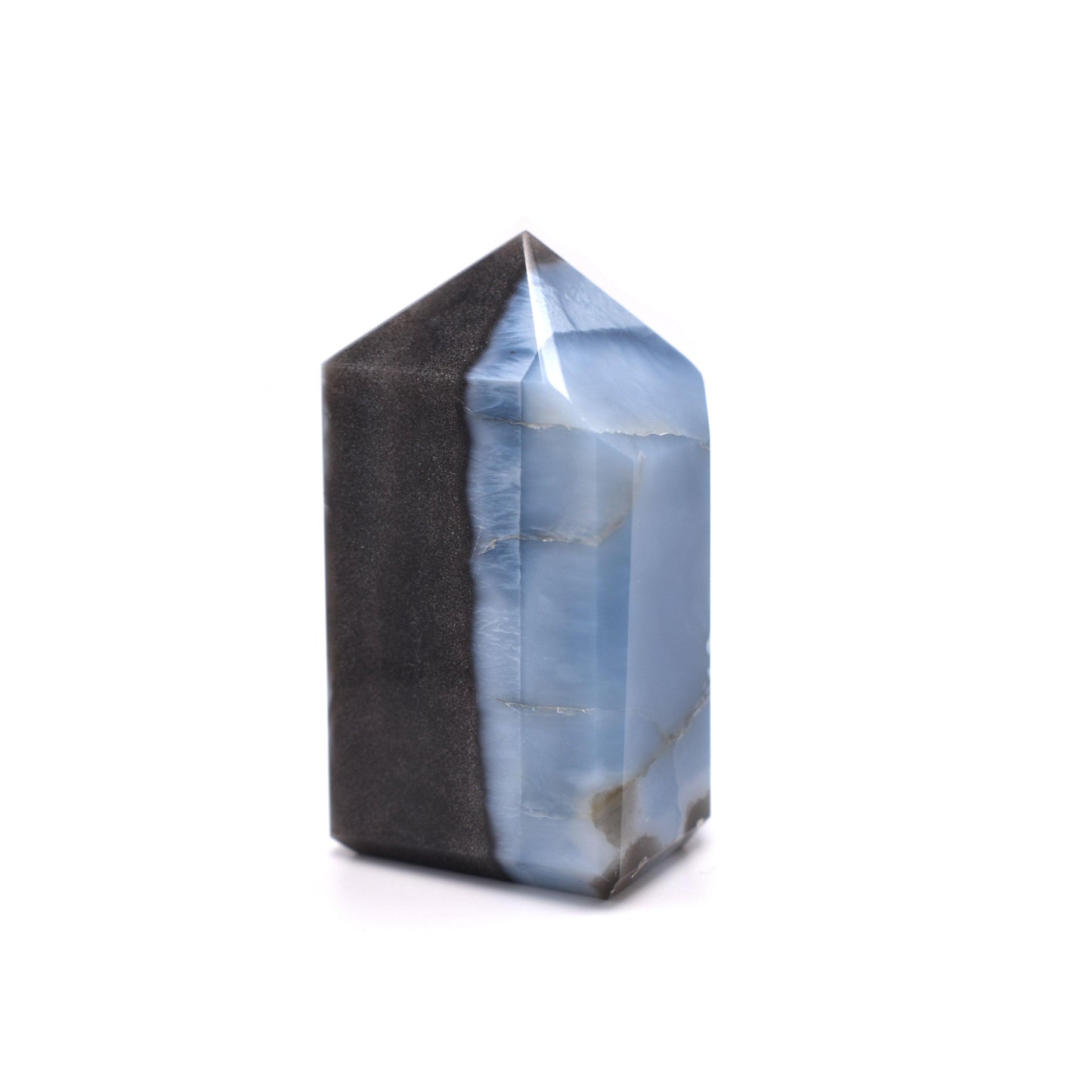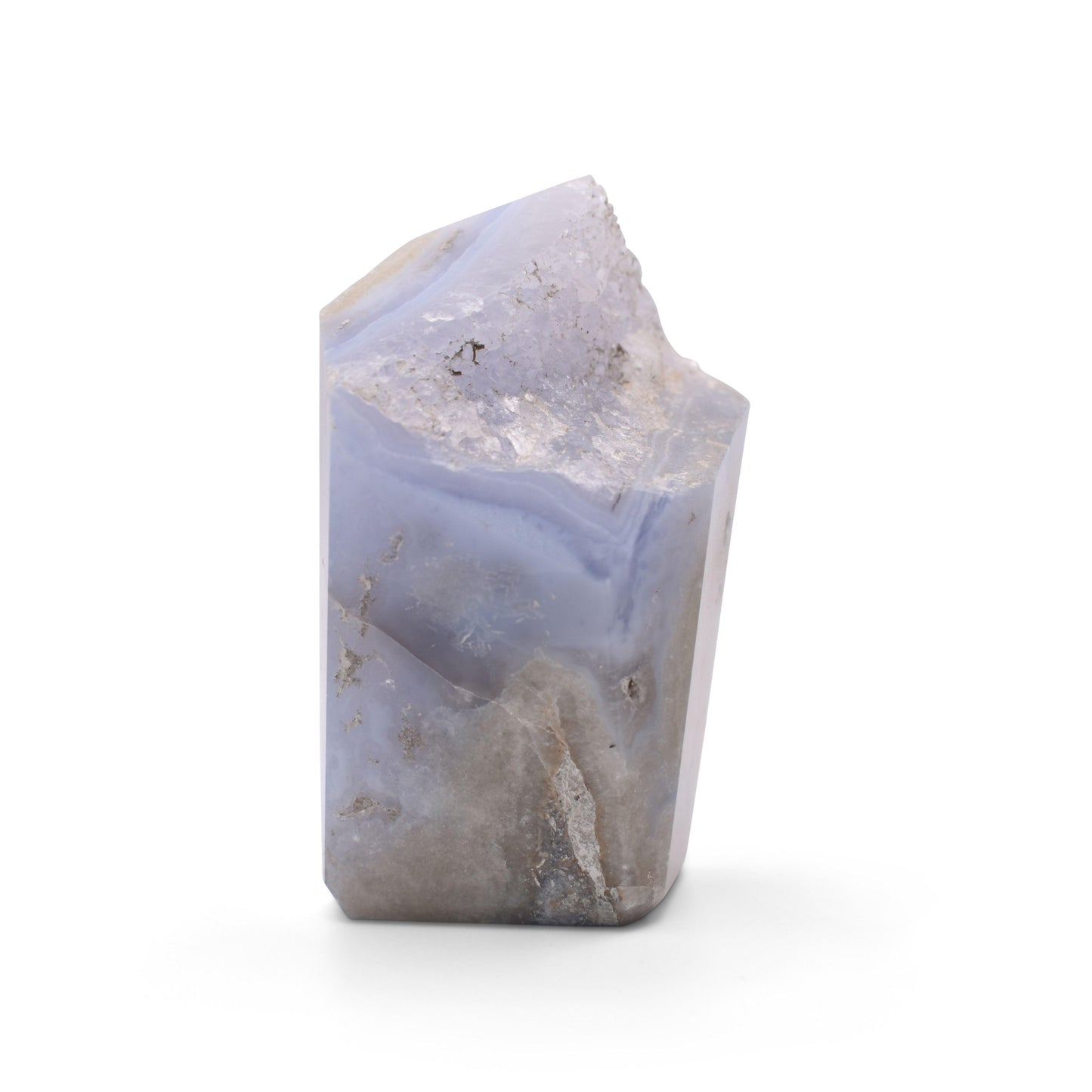
How Crystals Are Decolorized?
Share
Understanding Crystal Decolorization
Crystals enchant us with their colors, but under certain circumstances, even the most vibrant hues can fade or vanish entirely. Whether through natural forces, intentional heat treatment, or deceptive practices aimed at boosting profits, crystal decolorization is something collectors and enthusiasts need to understand. Let's look into how it happens, why, and how to tell if a crystal's color isn't all it seems.
Decolorization: Motivations & Methods
- Dubious "Enhancements": Naturally colorless crystals are often dyed to pass them off as a rarer, more expensive type. These dyed imposters are sometimes decolorized to continue the deception when reselling.
- Trendsetters: Market demands for specific colors fluctuate. Decolorizing crystals, followed by re-dyeing, allows sellers to capitalize on what's hot – a practice some feel crosses an ethical line.
- Creative Expression: Some artists embrace color manipulation, including decolorization, in their work. This use, when transparent, is vastly different from deceptive reselling.
Techniques of Transformation
- Heat Treatment: Controlled heat changes the internal structures responsible for color in certain crystals. This is how much commercial citrine is made from amethyst.
- Chemical Baths: Harsh acidic or bleaching solutions can aggressively strip color. This is more damaging to the crystal, sometimes leaving its surface etched or pitted.
- Radiation: Bombarding crystals with radiation alters their molecular makeup, creating colors like smoky quartz or intense "electric" blues in some diamonds.
Nature: The Master of Change
- Sunlight's: Prolonged UV light exposure is the top natural culprit for fading in crystals prone to it (like amethyst). This is why proper display is crucial for preserving your collection's beauty.
- Pressure & Time: Geological processes occurring over vast timespans can sometimes alter a crystal's color. This is less common, but highlights that crystals aren't static entities.
- Imperfect from the Start: Trace elements causing color can naturally dislodge over time. This gradual fading is less dramatic but still alters the crystal's appearance.
Spotting Dyed Crystal
- Too Good to Be True: Unnaturally vibrant or saturated colors, especially in crystal types known to be more subtle, are a red flag.
- Dye: Look for uneven coloration, dye pooling in cracks, or color overly concentrated around the crystal's base.
- Research: Learn which crystals are COMMONLY dyed or treated. This empowers you to examine suspect stones more closely.
- Source Matters: Reputable sellers disclose treatments. Those who don't raise suspicion, regardless of how pretty their inventory is.
- I would like to suggest a reputable seller that i frequently buy from - Gemstone Export.
Buyer Beware: Crystals Most Frequently Dyed or Heat-Treated

Here's a list of crystals commonly subjected to dyeing or heat treatment to alter their appearance:
- Citrine: Most commercially available citrine is actually heat-treated amethyst. Natural citrine is much rarer and paler.
- Amethyst: Can be dyed a variety of colors, including green, orange, or even black.
- Agate: Dyed agates can come in an unnatural range of bright colors. Look for natural banding patterns and subtle variations.
- Carnelian: Deep red carnelian can be dyed, while naturally occurring carnelian has a more orange-red hue.
- Howlite: Often dyed to resemble turquoise or lapis lazuli. Real howlite is a beautiful white with grey or black veining.
- Opal: Can be dyed or treated to enhance or create color play. Look for a seller who specifies the opal's treatment.
- Fluorite: Can be dyed a variety of colors, though naturally occurring fluorite boasts a beautiful range on its own.
- Labradorite: While less common, some labradorite can be dyed to achieve a more uniform or intense flash.
Tips for Finding Reputable Crystal Sellers- Gemstone Export
- Transparency is Key: Look for sellers who disclose any treatments a crystal might have undergone. Honest descriptions build trust.
- Research & Reviews: Before buying, research the seller’s reputation. Look for positive reviews that mention transparency about crystal treatments.
- Small Businesses Often Shine: Smaller crystal shops or online vendors passionate about crystals are often more transparent than large chain retailers.
- Ask Questions! Don't hesitate to ask a seller directly about a crystal's origin, treatments, and care needs. A seller comfortable answering questions is more likely to be trustworthy.
- Price Can Be a Clue: If a crystal's color seems too good to be true at a suspiciously low price, it probably is. Be cautious of extreme bargains.
Remember:
There's nothing wrong with enjoying dyed or heat-treated crystals as long as you're aware of it and the price reflects the treatment. However, by prioritizing transparency and ethical sourcing, you can build a crystal collection that celebrates the natural beauty of these geological wonders.
The Takeaway
Crystal decolorization, whether intentional or a result of natural forces, is a reality to be aware of. There's a place for altered crystals if you knowingly enjoy them for what they are, but they should NEVER be misrepresented. Protecting your most vibrant crystals from fading and choosing sellers wisely allows you to appreciate the full spectrum of genuine crystal beauty.







